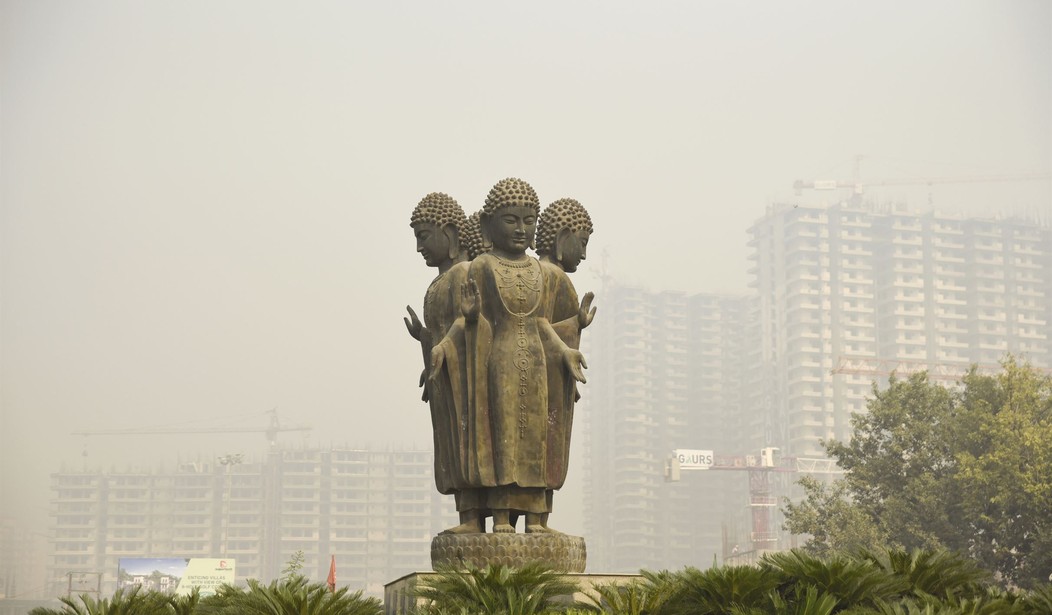Air quality in American cities (outside of East Palestine, at least) is generally superior to that of the developing world, but a recent study found that almost everywhere on Earth is exposed to dangerous levels of fine particulate matter (PM2.5).
Just 0.001 percent of the world’s population, according to a groundbreaking study published in Lancet Planetary Health on March 6, of daily ambient fine particulate matter (PM2.5) globally, is exposed to safe levels advised by the World Health Organization (WHO).
The lack of air pollution monitoring stations has led to an absence of information on local, national, regional, and global PM2.5 exposure. Now, this new analysis, which also produced a map, is the first in the world to demonstrate how the global distribution of PM2.5 has changed over the past few decades.
Synthetic PM2.5 particles – which escape the lungs’ natural filtering mechanisms and slip into the tissues and blood – are particularly pernicious.
Via the Journal of Thoracic Disease:
PM2.5 (particles less than 2.5 micrometers in diameter) can penetrate deeply into the lung, irritate and corrode the alveolar wall, and consequently impair lung function…
It has been found that PMs with an aerodynamic diameter smaller than 10 µm have a greater impact on human health. One group of PM identified, PM2.5, have small diameters, however large surface areas and may therefore be capable of carrying various toxic stuffs, passing through the filtration of nose hair, reaching the end of the respiratory tract with airflow and accumulate there by diffusion, damaging other parts of the body through air exchange in the lungs.
Asia is, far and away, based on personal experience and the results of this study, the worst region for air pollution: “The study found that more than 90 percent of days in southern and eastern Asia had daily PM2.5 concentrations higher than 15 μg/m³.”
Urban centers in India, for instance, during certain seasons of the year, are ensconced in a perma-smog.
Via Wired:
We are normalizing a world that hardly values nature and natural rights—basic necessities like clean drinking water, fresh and unpolluted air, space to walk for pedestrians is neither part of urban planning nor [do they] concern our collective conscience,” says Suryakant Waghmore, professor of sociology at the Indian Institute of Technology, Bombay.
Southeast Asia is also brutal. Bangkok, from roughly November to April or so when weather patterns shift, is also besieged by a similar phenomenon. In addition to “dry” and “wet” seasons, Bangkok is now also treated to “pollution” and “clear” seasons.
Lest one jump to the “carbon emissions” talking point, it’s not just car exhaust that causes the problem – it’s farmers in the north burning biomass because Thailand doesn’t have any alternative way to dispose of it, and also construction. The culprit is a toxic, multi-factor cocktail.
Every year, the pollution rolls in predictably in the fall, the government institutes moronic policies like drones that spray water into the sky to remedy the situation, and those interventions inevitably fail. Then, when the weather in the spring clears the smog out, the government declares that their moronic policies were magically effective and takes credit for the improvement in air quality – until next fall, when the cycle repeats itself.
Interested in your own city’s air quality?
Check out this handy air quality index tool.










